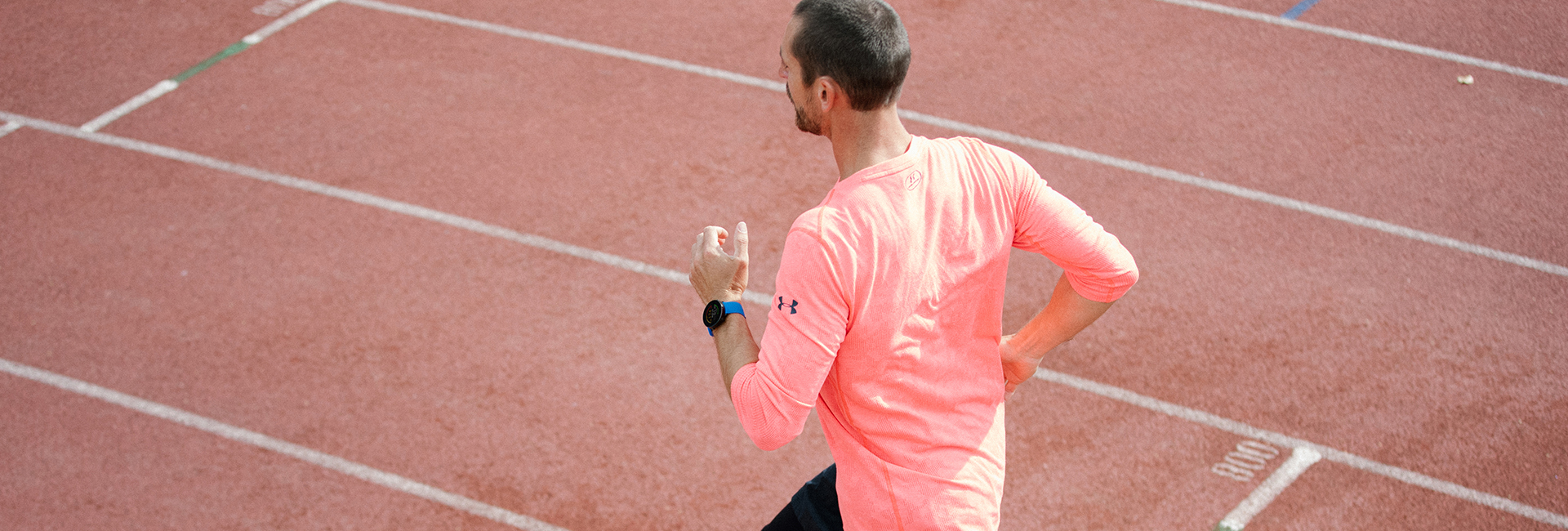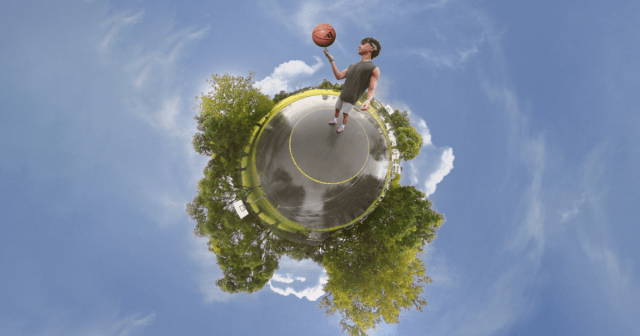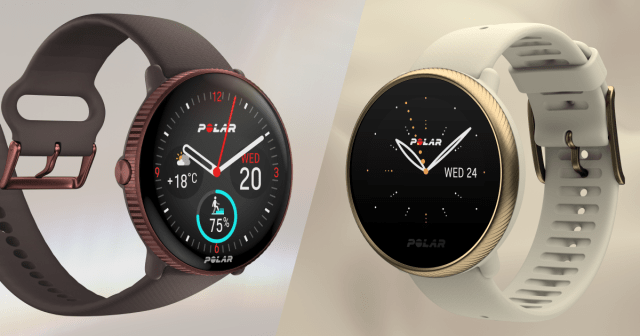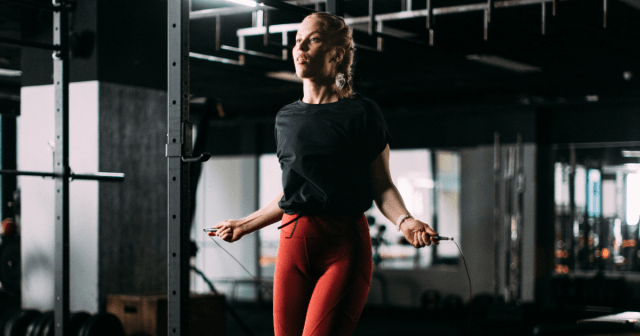As athletes, there’s so much sports and fitness data available at our fingertips (or on our wrists, chests, and bikes). But sometimes it can feel overwhelming to know what to do with it all.
While one runner might be obsessed with tracking her mile splits, another may only care about his average heart rate – while a cyclist or triathlete is only interested in how many watts he’s putting out.
But what about when it’s your job to turn all that data into a real-life, potentially career-altering performance?
Here’s what five Polar athletes are doing with all their training and post-race data.
Kate Grace, track & field runner
“After a race, I’m most interested in my pace so I can see the story of how my race unfolded. Maybe my early pace was slow but I had a really fast final section – or vice versa. If there’s a story there, it means I can use it as a positive learning experience.”
“After a workout, I like to see heart rate and pace, as well as my specific splits for interval work. I also compare it to past workouts, but I’m careful to keep in mind the time of year and outside factors that may impact my performance, like if I’m slower than a past workout but it’s earlier in my training cycle.”
Gwen Jorgensen, triathlete
“All of my training and racing is closely monitored by my coach. I use a running watch to track my runs, plus a power meter on my bike.”
“The physical demands of triathlon are always changing, and I have to be able to adapt. So my coach builds workouts specifically to mimic the demands of competition, and my performance on race day is the best indicator of whether or not the training has worked.”
“The best example of this was preparing for the 2016 Rio Olympics. The test event in 2015 was on the official course, so the eight weeks of training leading into that event were scrutinized and adjusted to fit the demands for the 2016 race.”
Molly Huddle, long-distance runner
“I love to look at my quarter splits, especially how the last third of the race looks. I compare closing speed from race to race.”
“On the longer races on the road, I like to look at my mile splits and see how I handled tougher parts of the course – like the Queensboro Bridge during the New York City Marathon, which I thought was the hardest part.”
“I like to look at heart rate data more for my threshold workouts, but it was really interesting to see how high my heart rate spiked after the fact after a fast road 5K. I think I went from 140 to 180 in about four minutes, and just stayed there!”
Mirinda “Rinny” Carfrae, Ironman triathlete
“I find it beneficial to track power output on the bike in both training and racing.”
“I generally track the progress throughout the year leading into key races, as well as comparing race data in particular races from year to year.”
“My team and I also pay close attention to run pace in key sessions, both on the road and on the treadmill, always slowly building toward the ultimate goal: Ironman World Championships.”
Andy Potts, Ironman triathlete
“While I’m racing, I focus on the task at hand and the dynamics of the race. When it comes to using data for improvement, my coach and I are on the same: knowledge is power and can help me prepare.”
“We gather race data – including heart rate, watts, speed, and perceived exertion – during a race, and learn what’s required to race with the best. We take the data and set up a plan in my training so I can handle whatever is thrown at me during a race.”
“It’s a bit of reverse engineering, and you need experience to gather your data, but when you do it right, it can yield fantastic results.”
If you liked this post, don’t forget to share so that others can find it, too.
Or give it a thumbs up!
I like this article
Please note that the information provided in the Polar Blog articles cannot replace individual advice from health professionals. Please consult your physician before starting a new fitness program.





